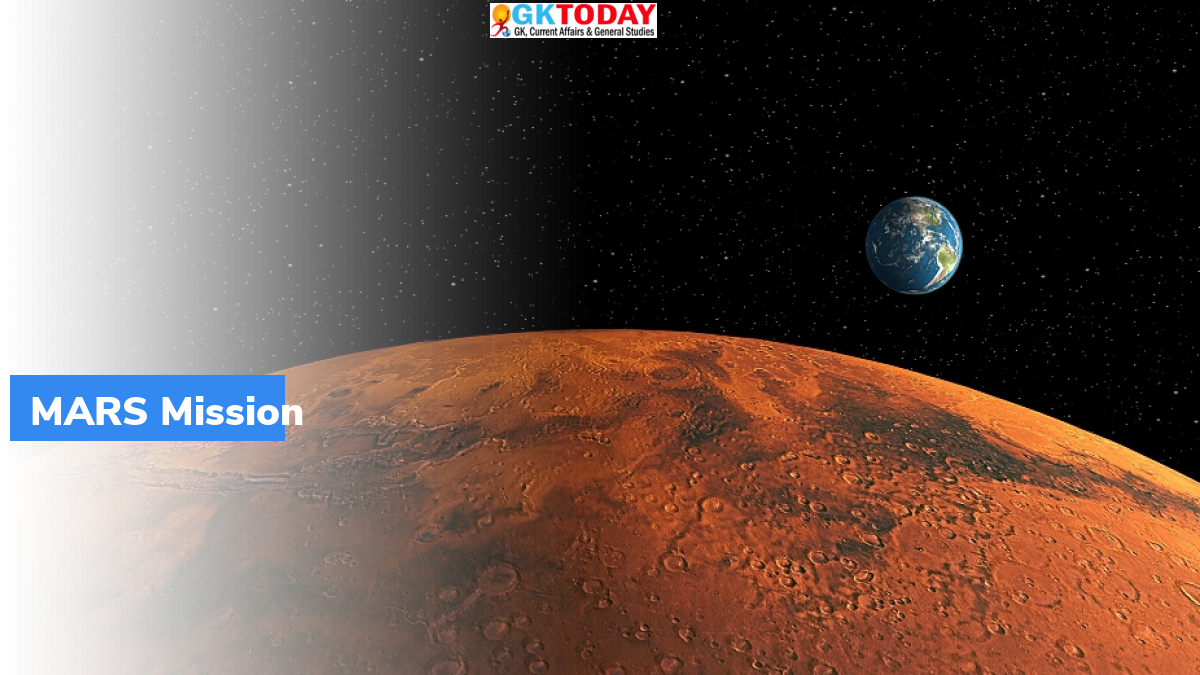NASA Study: Water on Mars
The Mars Reconnaissance Orbiter has found that Mars had water two billion years ago. But today all the water in the planet are evaporated. This was confirmed by MRO with the help of salt deposits on the surface of the planet.
What did MRO find?
- The MRO found that water flowed in the planet very recently. This raises the question, how long microbial life would have survived in the planet.
- The Odyssey of NASA found traces of sodium chloride that spread tens to hundreds of square kilometre. This was discovered in 2001. Later salt minerals were found in 2008.
How did MRO discover water?
- The MRO used CRISM to map the salts in the southern hemisphere of the planet. CRISM is Compact Reconnaissance Imaging Spectrometer. Mars has many craters. MRO used these craters to date the terrains. If the craters were lesser in number, then the terrain was younger.
- The MRO found salt deposits along the shallow depressions of the volcanic plains. These deposits were less than three metres deep. They were formed recently, that is, 2.3 billion years ago.
Analog to the findings
The closest analog to the discovery made is Antarctica. When snow melts in Antarctica, lakes are formed. Similarly when the water in the mars craters evaporated, the salt was left behind.
Mars Reconnaissance Orbiter
- The orbiter was launched to study the climate and geology of mars.
- In 2019, MRO discovered largest water reservoirs in Mars. The discovery was made by SHARAD (Shallow Radar).
- The six major instruments of MRO are as follows:
- HiRISE: High Resolution Imaging Science Experiment: It is a camera. It is used to observe craters, canyons and layered deposits
- CTX: Context Camera: It provides wide angle view
- MARCI: Mars Color Imager: Monitors clouds and dust storms. It is a weather camera
- MCS: Mars climate Sounder: It detects water vapour concentrations, dust and temperature variations
- SHARAD: Shallow Radar
Month: Current Affairs - February, 2022
Category: Science & Technology Current Affairs


